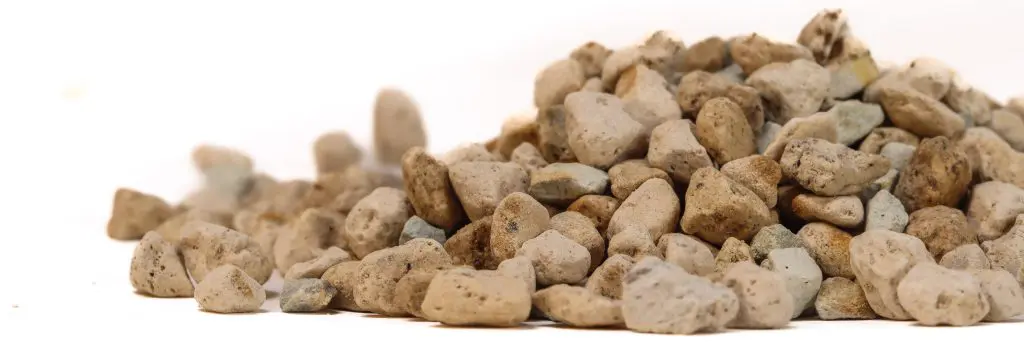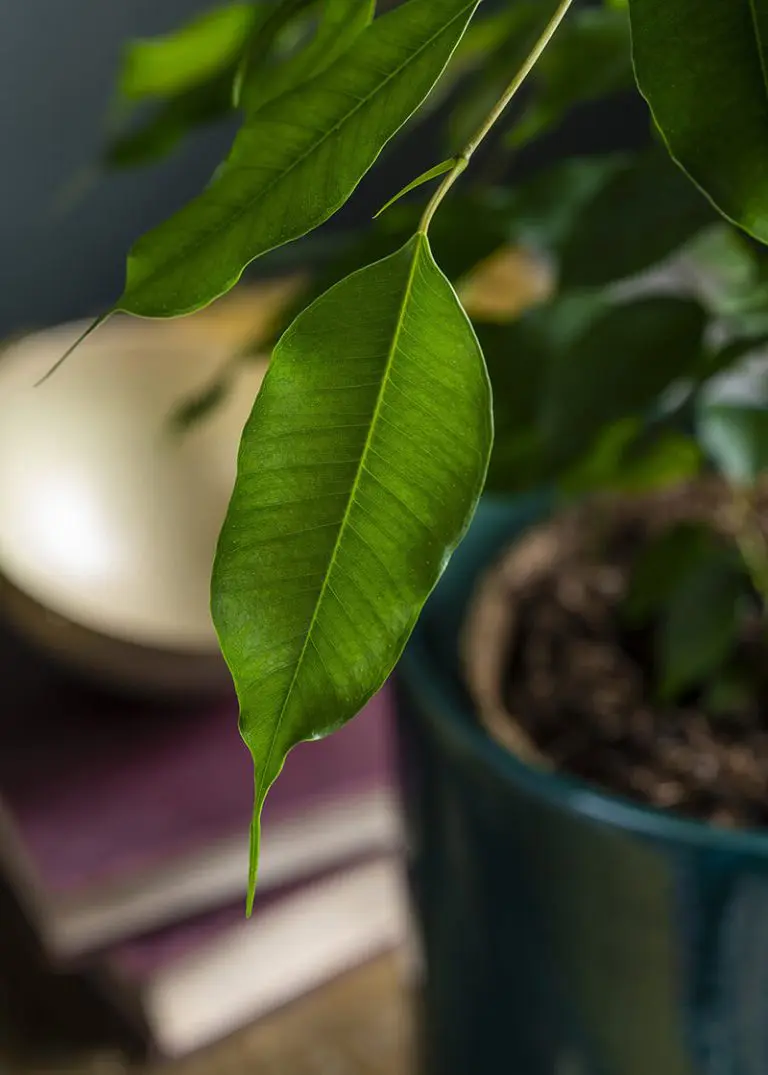



Ficus benjamina, commonly known as Weeping Fig, has dense foliage and drooping habit with hard, shiny leaves.
Latin name
Ficus benjamina
Pronunciation
(“FYE-kus ben-ja-MEE-nah”)
Common name
Weeping Fig, Benjamin Fig
Origin
Southeast Asia & Australia
Ficus benjamina, has dense foliage and shiny leaves between 5cm and 10cm in length, that are usually elongated to a distinctive tip, resembling the lip of jug. This is called a ‘drip tip’ and helps the plant shed excess water during the frequent heavy rain found in its natural habitat of the tropical rain forest.
When mature, Ficus benjamina can reach a height of over ten metres – and sometimes much more. However, younger plants can often be formed into a bushy habit and can make decorative houseplants. Older trees will produce distinctive aerial roots that hang down form its branches.
Ficus benjamina is a relative newcomer in cultivation and the American botanist, L.H. Bailey described it in 1943 as “A rather unimportant tree horticulturally”. Now it is one of the most popular indoor plants and is widely used as a houseplant as well as in commercial interior landscape projects.
Did you know?
Like many ficus, it produces a milky sap which can irritate skin and is toxic if ingested by pets or people.
caring for your plant

Light
Needs good light and can tolerate direct sunlight. Variegated varieties need high light.

Watering
Keep the soil moist, but not wet.

Pruning
Smaller plants can be trimmed to keep them to their desired shape. Larger plants can be pruned to remove crossing branches or to maintain a pleasant form. The sap produced from cutting the plant can be irritating to the skin and will stain clothes and fabrics (it dries to a reddish brown colour).

Feeding
Add dilute fertilizer to the water every time you water the plant.

pest & diseases
Mealybugs and scale insects can be troublesome and should be removed by cleaning as soon as they are seen. Large colonies often cluster around young buds and new foliage and it then it might be easier to trim off the end of the branch where they have settled. Scale insects are often very difficult to spot and often the first time you are aware of them is when you discover sticky honeydew on the leaves or surrounding surfaces. Other pests, such as thrips and two-spotted spider mite, are much less common.
Where the Ficus benjamina originates from

This species originates in Southeast Asia & Australia
Our plants are grown in Ecoponic, an alternative to soil. Officially known as a vulkaponic substrate, it replaces traditional compost with a clean, mineral-based medium that helps protect peatlands.
According to the IUCN UK Peatland Programme, “A loss of only 5% of UK peatland carbon would be equal to the UK’s annual greenhouse gas emissions.” As well as storing carbon, the natural wetlands where peat is found are critical to the survival of plants and wildlife. Ecoponic also improves plant health and uses water more efficiently.
Find out more about Ecoponic here.


Buy one of my plant cousins from the nursery
Did you know?
Plantopedia is brought to you as part of our Engage & Bloom workplace experience program.
explore more
Why not continue your journey through the plant world. Explore more plants, their stories, habitats and the benefits they bring to spaces.






















